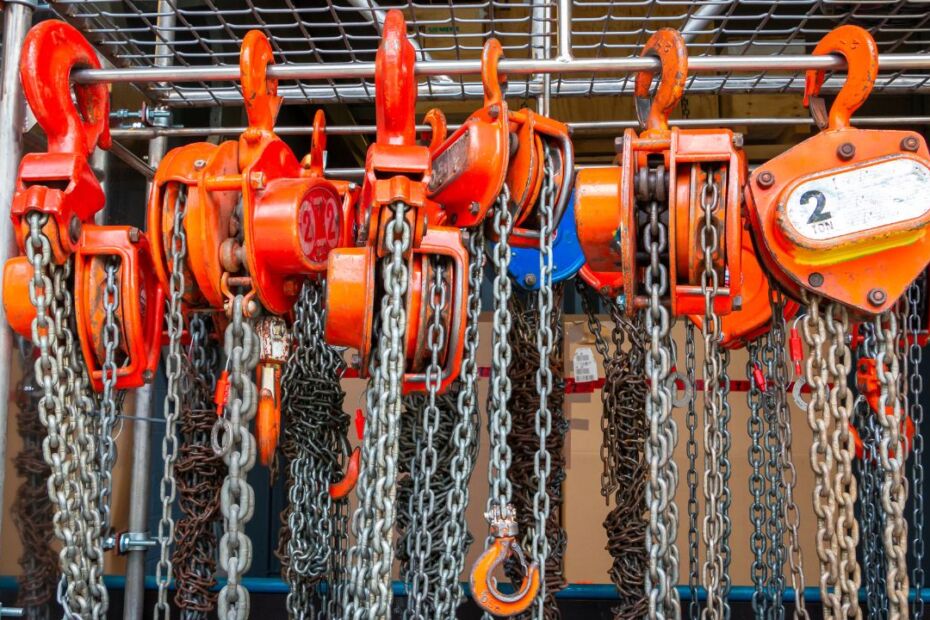We can’t overstate the importance of inspecting rigging equipment. Neglecting this vital process can lead to catastrophic consequences for industrial workers and the overall work environment. The following sections delve deeper into what happens if you don’t inspect rigging equipment and why regular checks are essential.
Deterioration of Equipment Quality
One reason to conduct routine inspections is to monitor deterioration. With continued use, wire rope slings may fray, develop rust, or otherwise weaken. When workers allow equipment to degrade unchecked, it opens doors to problems, such as malfunctions or breaks during lifting or other applications, posing serious safety risks.
Compromised Safety and Increased Accidents
Ensuring workers are safe on the job is paramount. Disregarding the need for assessing rigging gear can jeopardize the overall safety of the work environment. Damaged and deteriorated equipment may suddenly fail, often resulting in accidents such as falling loads, equipment collisions, or snapped cables. These accidents can lead to severe and costly consequences for businesses.
Regulatory Compliance Issues
Depending on the local authority, laws and regulations governing the inspection and maintenance of rigging equipment may vary. However, neglecting the necessary inspections can result in noncompliance with government regulations, leading to fines or legal action against the business.
Decreased Productivity
You could contribute to decreased productivity if you don’t inspect and maintain your rigging equipment. Failing equipment can lead to delays or costly repairs and replacements, affecting productivity and project timelines. In attempting to save time by not inspecting equipment, organizations may ironically lose time—and money.
Tips To Keep Rigging Equipment in Optimal Condition
The importance of inspecting rigging equipment is evident from the potential consequences we discussed above. Establishing and adhering to inspection schedules will help ensure everything remains in optimal condition. Additionally, make sure you train your staff in these processes, such as by teaching how to inspect wire rope slings. Training employees instills better care and awareness about inspecting rigging equipment.
Now that you know what happens if you don’t inspect rigging equipment, you won’t overlook this important process. Doing so places worker safety at risk, increases the likelihood of accidents, and compromises productivity. By implementing regular inspections and maintenance procedures, businesses can ensure enhanced safety and efficient work processes, benefiting their bottom lines.

